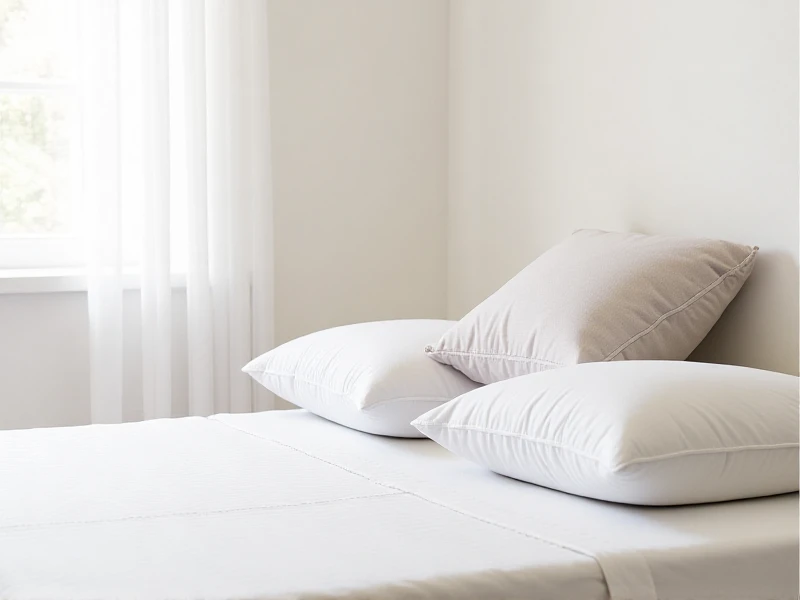
The Ultimate Guide to Choosing the Best Pillowcases for Your Sleep
SEO Article: Pillowcases
What touches your face for hours every night? Your pillowcase! More than just fabric covering your pillow, the right pillowcase significantly impacts your sleep quality, skin health, and overall comfort. Understanding materials, thread counts, and specific benefits can transform your nightly rest. Let’s explore pillowcases to help you make an informed choice.
Material Matters: Finding Your Perfect Match Pillowcases come in diverse fabrics, each offering unique advantages. Cotton pillowcases are the classic choice, loved for their breathability, softness, and durability. Options like Egyptian or Pima cotton provide luxurious smoothness. Silk pillowcases have surged in popularity, especially for beauty enthusiasts. Their smooth surface reduces friction on hair and skin, minimizing wrinkles and preventing frizz. Linen pillowcases, highly absorbent and thermoregulating, are perfect for warm sleepers, becoming softer with every wash. Microfiber pillowcases offer affordability and exceptional wrinkle resistance, ideal for low-maintenance routines. When selecting pillowcases, consider your skin type and temperature preferences first.
Thread Count vs. Weave Quality While often highlighted, thread count isn't the sole indicator of pillowcase quality. It signifies the number of threads per square inch. A range of 200-400 thread count usually offers a good balance of softness, breathability, and durability. Beware of extremely high claims; they can sometimes mask poor-quality, densely packed threads that feel stiff. Pay equal attention to the weave. Percale boasts a crisp, cool matte finish, while sateen provides a silky, lustrous sheen – both providing excellent experiences within similar thread counts for pillowcases.
Beyond Comfort: Why Pillowcases Affect Skin, Hair & Hygiene The benefits go beyond a pleasant feel. Silk or satin pillowcases minimize tugging and friction. This gentle contact helps prevent sleep creases and reduces hair breakage and split ends. Their resistance to absorbing moisture from skincare products also keeps serums and creams active on your skin longer. Pillowcase hygiene is critical. Perspiration, oils, dead skin cells, and allergens accumulate nightly. Regularly washing pillowcases (ideally weekly) in hot water combats dust mites and bacteria, contributing significantly to clearer skin and a healthier sleep environment. Hypoallergenic pillowcases are essential for allergy sufferers.
Considering Sleeping Position Your dominant sleep position subtly influences your pillowcase needs. Side sleepers press firmly against the fabric, so prioritizing ultra-soft materials like bamboo blends or high-thread-count cotton protects facial skin. Back sleepers may appreciate breathable options like linen or percale. Stomach sleepers benefit from smooth, less textured fabrics to avoid imprint marks.
Caring for Your Pillowcases To maximize lifespan and maintain quality:
- Wash Frequently: Aim for weekly washes using warm or hot water to kill microbes.
- Gentle Detergent: Use mild, fragrance-free detergents, especially for silk or satin pillowcases. Avoid bleach.
- Dry Mindfully: Tumble dry low or line dry to prevent shrinkage and preserve fibers.
- Replace Regularly: Pillowcases wear down, typically showing thinning or pilling after 1-2 years of regular use.
The perfect pillowcase is an investment in restful sleep and wellbeing. Prioritize the fabric that feels best against your skin, aligns with your health needs, and fits your maintenance preferences. Upgrade your sleep experience consciously – your skin, hair, and health will thank you.